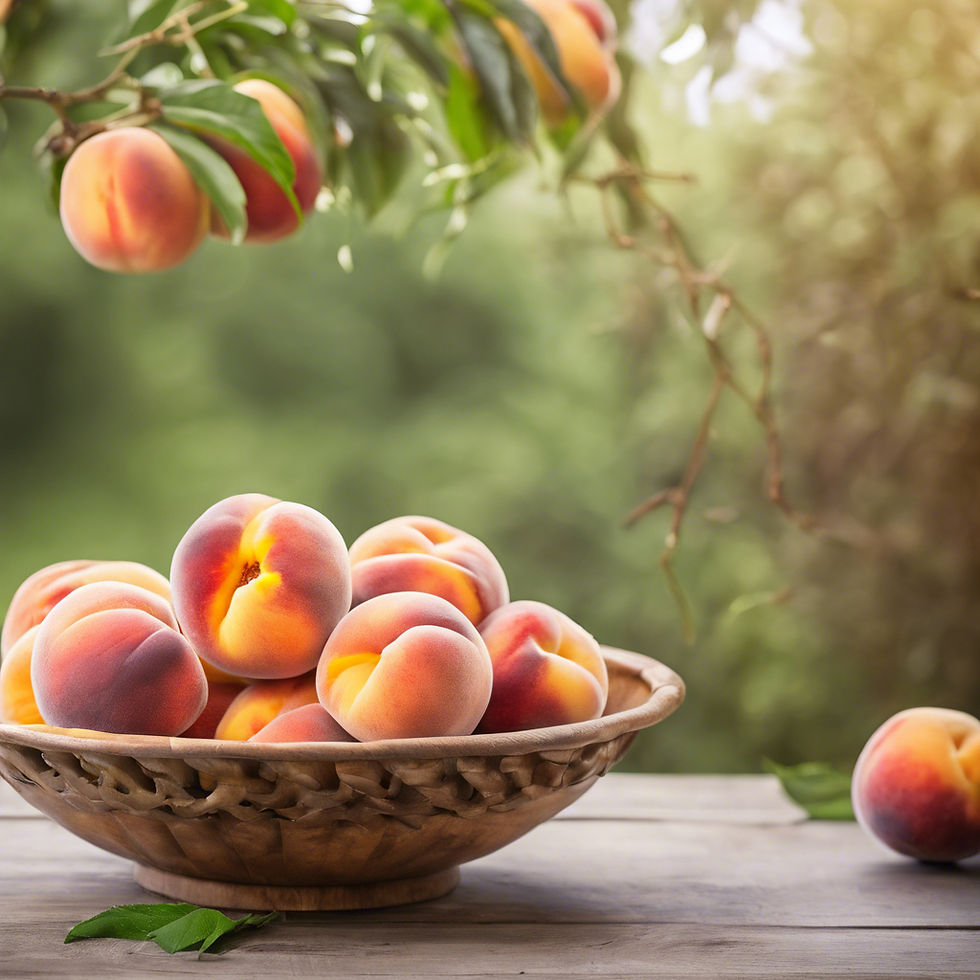Silver Bush (Convolvulus Cneorum)
- Tammy Johnson
- Sep 7, 2024
- 3 min read

Written and edited by Tammy 7th September 2024
Silver Bush Convolvulus Cneorum would have to be one of my favourite plants I recommend time and time again, when asked for something pretty, but hardy and adaptable.
Convolvulus Cneorum
Convolvulaceae, commonly known as the 'Morning Glory' family of flowering plants, mostly comprises herbaceous climbing vines, but Cneorum is one of only a few that are a dense, bushy, spreading shrub.
Native to the mediterranean regions, they prefer alkaline soil, a full sun to part shade aspect, and good drainage. They stand up well to the cold and are tolerative of hot, dry periods.
Size wise, they form a nice, dense mound, of approximately 60cm tall and upto 120cm wide.
Convolvulus Cneorum is well known is the landscaping world for being a winner of the Royal horticultural Society Award of Garden Merit for its outstanding qualities and landscape performance.
To see it in full bloom covered in masses of beautiful, vibrant white flowers on soft silvery grey foliage, you can appreciate how versatile it really is, in that it will suit anything from cottage style gardens and rockeries to mass plantings for borders.
Instead of annuals that need to be replaced each season, try planting some silver bush in pots or hanging baskets as a feature or mobile display that can be moved from one spot to the next for a pop of colour that will continue to bloom for months and months on end.

Next time you're in Naracoorte, drive past the new Mitre 10, look for it growing beneath the ornamental flowering plums Prunus 'Crimson Spire' in the carpark garden beds.
I planted them there almost 18 months ago when our store opened as small plants no larger than potted colour. (3 plants per 6 meters) You'll see they're well on the way to reaching their mature size now, and as I hoped, they contrast beautifully with the burgundy foliage of the flowering plums.
Other than the initial watering them in, and a seasonal handful of Rapid Raiser, they're thriving of whatever Mother Nature provides them with.
They've stood up to the 40 degree days we had at the end of last summer, and the frosts we had in the tail end of this winter.
They really are a winner.

The perfect plant ticking all the boxes for ease of care, hardiness and masses of colour. Add this one to your garden wish list today.
Happy Gardening! 😘🪴
Other Posts You Might Enjoy
“Is it too soon to fertilise yet?"
If you’re hesitating and unsure, the answer is no… not at all! With everything beginning to wake from dormancy,
now is the most important time of the year to start fertilising.
Whether you're beginning with a blank canvas for a new fruit orchard, or you've got space for one or two additional trees to complete your collection, deciding which ones to go with can be a little overwhelming.
To solve that dilemma and make it easier for you I've compiled a list of what I consider to be the top 20 best fruit trees.
Pruning is one of those jobs that all gardeners need to do at some point whether you have a conservative little courtyard or a sprawling landscaped masterpiece.
But where do you start? which tool is for what??"
Let's go through a few and see if I can help solve some of the confusion.
Frosts are among the greatest adversaries for gardeners throughout the colder months. Days with clear, sunny skies often lead to subzero temperatures overnight, causing frosts to occur. Without being pro-active and having measures in place, the results can be detrimental.
One of the most important jobs at the top of everyone's 'to do list' right now is to feed your gardens. Whether it's your roses, lawns, garden beds, fruit trees or indoor plants, they're all going to need to be fed.
It can be confusing trying to decide which fertiliser should I use with so many available on the market.
There are five main types of fertilisers that each have their own purpose and circumstances for use.






Comments